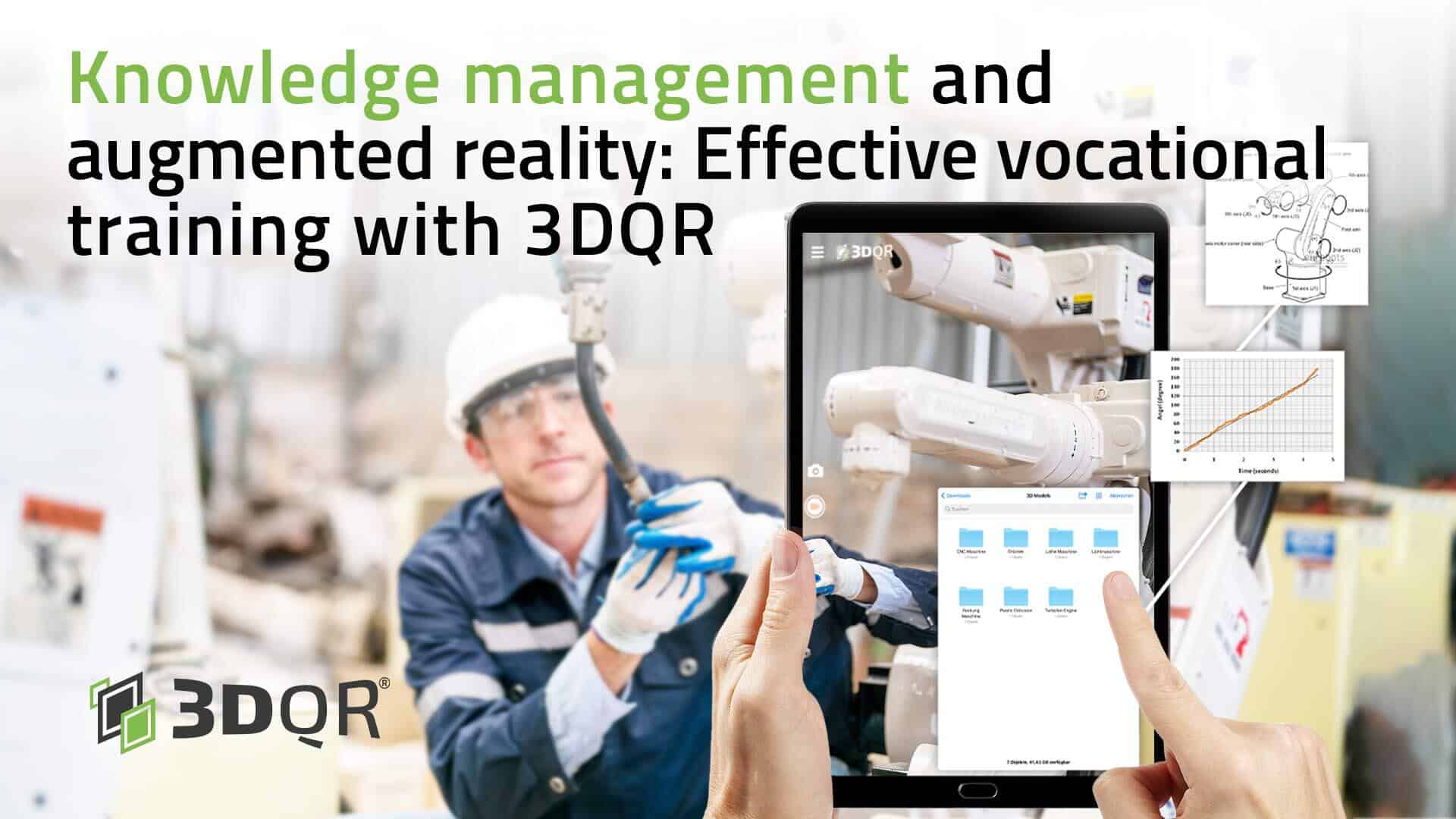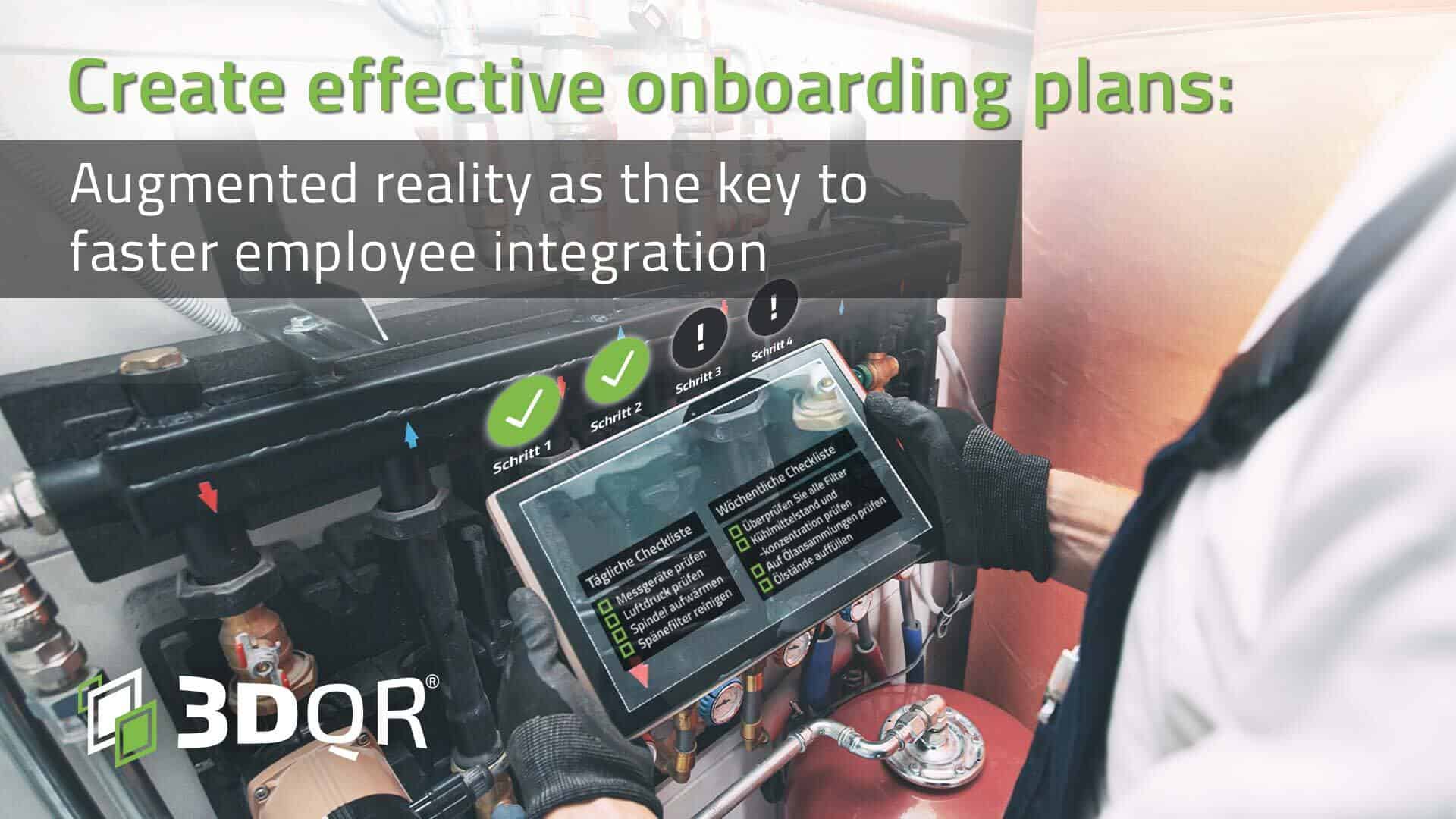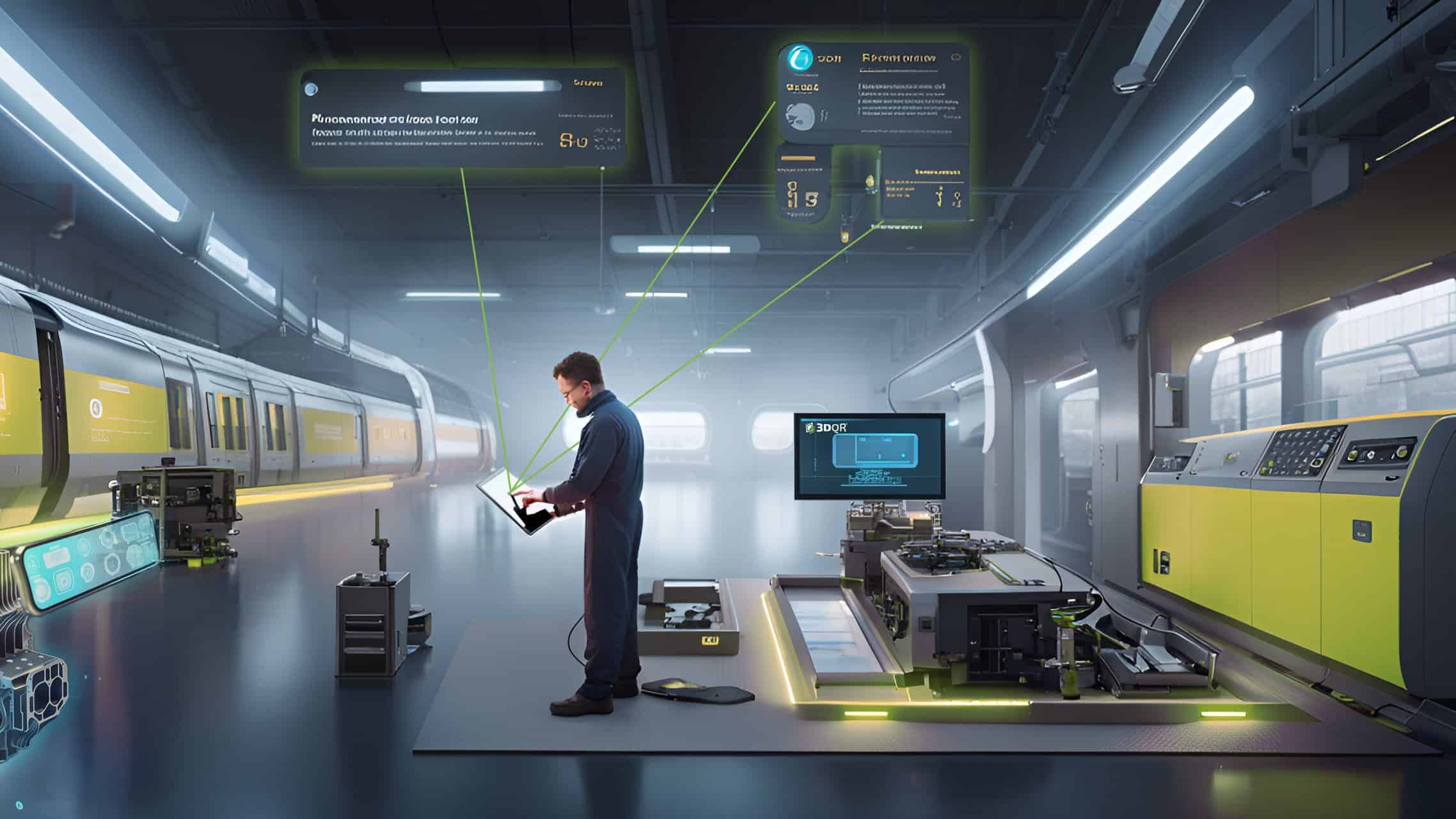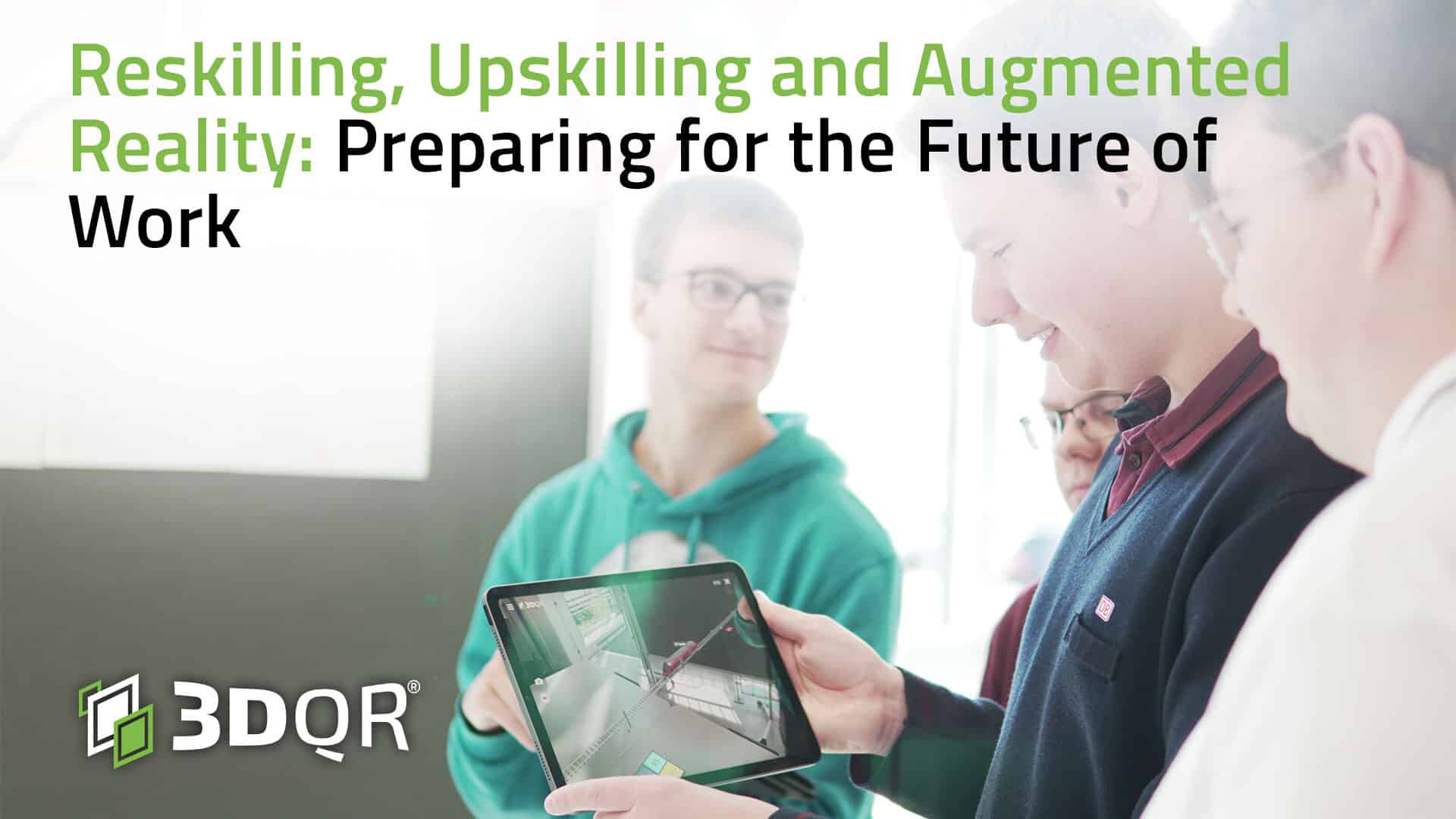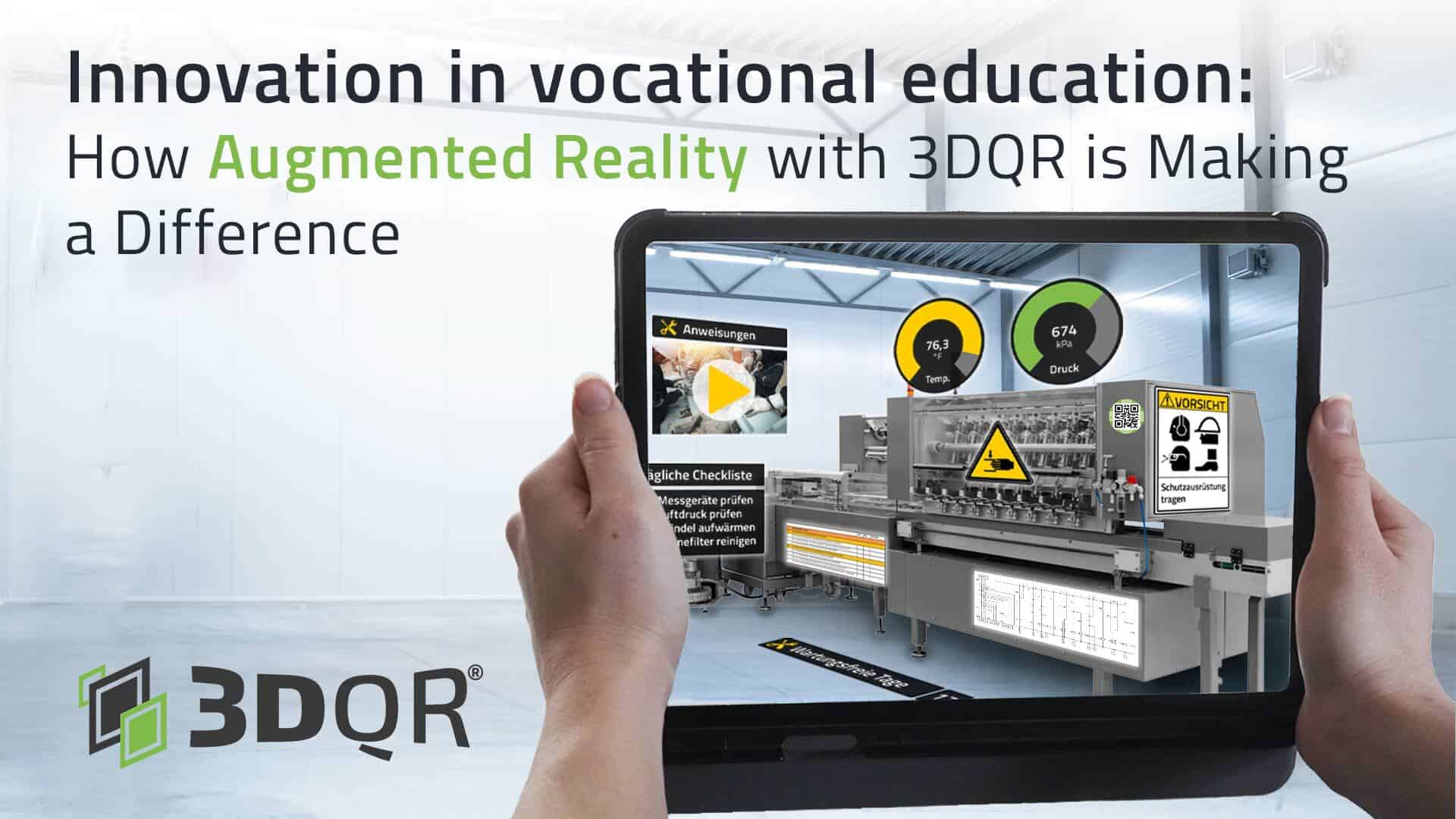Inhaltsverzeichnis
Dear Readers, dear Customers, we are publishing another article to offer a definition of Augmented Reality. This is to give you a precise understanding of what we deal with, aiming to eliminate ambiguities and misunderstandings as early as possible. As a company that works in the XR industry, closeness to science is particularly important to us. In this field, there are constant new developments and in order not to lose track, clear definitions and differentiations are necessary. But what exactly is xReality (XR)? The answer, including the definition of Augmented Reality, is given by the chapter “What is XR?” Towards a Framework for Augmented and Virtual Reality from the double-blind peer-reviewed journal Computers in Human Behavior. Prof. Dr. Rauschnabel from the University of the German Armed Forces Munich, together with renowned colleagues, clears up the confusion of reality terminologies.
The Framework of AR and VR.
In order to finally provide clarity, Prof. Dr. Rauschnabel and his colleagues conducted qualitative interviews with various industry experts so that a picture of the prevailing opinions could emerge. They came to the following conclusion.
It is clear that there are various dominant views that use the same terms differently. For example, Mixed Reality (MR) is sometimes the term under which everything else is categorized, but sometimes it is only part of Augmented Reality (AR). For this reason, the scientists around Mr. Rauschnabel have suggested the following solution, which has emerged as a logical conclusion from the interviews. They call it the xReality Framework, which provides a structure for understanding the definition of Augmented Reality, among others.
XR is the umbrella term under which the definition of Augmented and Virtual Reality is subordinated. The innovation is that the term XR is not referred to as Extended Reality as usual. The authors discuss the meaning of the term “Extended” and conclude that “Extended”, by definition, excludes VR. After all, VR does not “extend” reality, but replaces it. In the quest for a more fitting definition of Augmented Reality, the authors propose the term xreality. As the core mechanism of AR, the authors derive the “Local Presence” construct. This is the perceived presence of virtual content in the vicinity of the user. In contrast, Telepresence is the dominant distinguishing criterion for VR. Unlike Local Presence, it is not content that is “here”, but the user is “there” (in a different, purely fictional, environment).

Local Presence: From Assisted Reality to Mixed Reality.
Augmented Reality, whose definition we aim to provide, can mean many things, from the navigation system to Instagram filters to three-dimensional objects anchored in space. However, in order to differentiate more precisely, Prof. Dr. Rauschnabel and his colleagues have summarized the following categorization of local presence.
At the lower end of the scale is Assisted Reality. The examples shown here are navigation systems. The former is a simple navigation system via a Google Glass pair of glasses. The content referred to in the illustration as head-stable content moves according to the orientation of the user’s head and always remains in the same place. This is suitable for cases where there is no relationship between virtual and real objects or where it is important that the user can process information quickly and at any time (cf. Rauschnabel et al., 2022, p. 8, transl. of the author).
The second picture shows an AR navigation application from Google Maps on a conventional smartphone. This is already a mix of head-stable and world-stable content. The latter are anchored in a fixed position in the 3D space (here: the three white arrows). This approach is usually used in cases where there is a relationship between a virtual and a physical object and is therefore of great importance in Mixed Reality applications. From a technical point of view, these contents require extensive tracking technology so that virtual content can be realistically rendered in the 3D space in accordance with real and virtual objects (cf. Rauschnabel et al., 2022, p. 8, transl. of the author).
The other two examples are already considered to be more Mixed Reality. Here we see two 3D models of animals, both differ in the realism of their representation. The digital penguin is positioned in the room behind the chair, but it is not fully integrated into the real world. His right wing should be hidden by the chair. This error is corrected in the last picture. We see a realistic representation of a virtual saber-toothed tiger in a real room. The chair perfectly hides everything that is behind it. Perfect Mixed Reality is present when people can no longer distinguish virtual elements from real ones – the degree of “Local Presence” is therefore maximal. However, it is important to mention that Mixed Reality is not always better than Assisted Reality. “In many cases, it is advantageous for people to immediately recognize which content is real and which is not; think, for example, of work instructions in the production environment”, says Prof. Dr. Rauschnabel on request from us.
Prof. Dr. Philipp A. Rauschnabel is Professor of Digital Marketing and Media Innovation at the University of the German Armed Forces Munich. He is one of the most influential XR and Metaverse experts in Germany. According to the Microsoft Academics Ranking, he is among the top 5 most citation-strong Augmented Reality researchers worldwide. Since 2020, he has been cooperating with 3DQR in the field of teaching and knowledge transfer. You can find the cited article by Prof. Dr. Rauschnabel and his colleagues here.
We at 3DQR, in line with the evolving definition of Augmented Reality, are right on the pulse with our 3DQR Plus App. It is child’s play to create and provide your own Augmented Reality content – also on-the-fly directly via your smartphone. Thanks to our app, all AR scenes can be viewed anywhere in the best quality in real-time and edited directly during viewing. Thanks to the intuitive operation, all types of projects can be implemented quickly and easily. Our platform supports all common file formats – so you are well equipped.
Get in touch with us to learn more about our AR solutions: To the contact form



